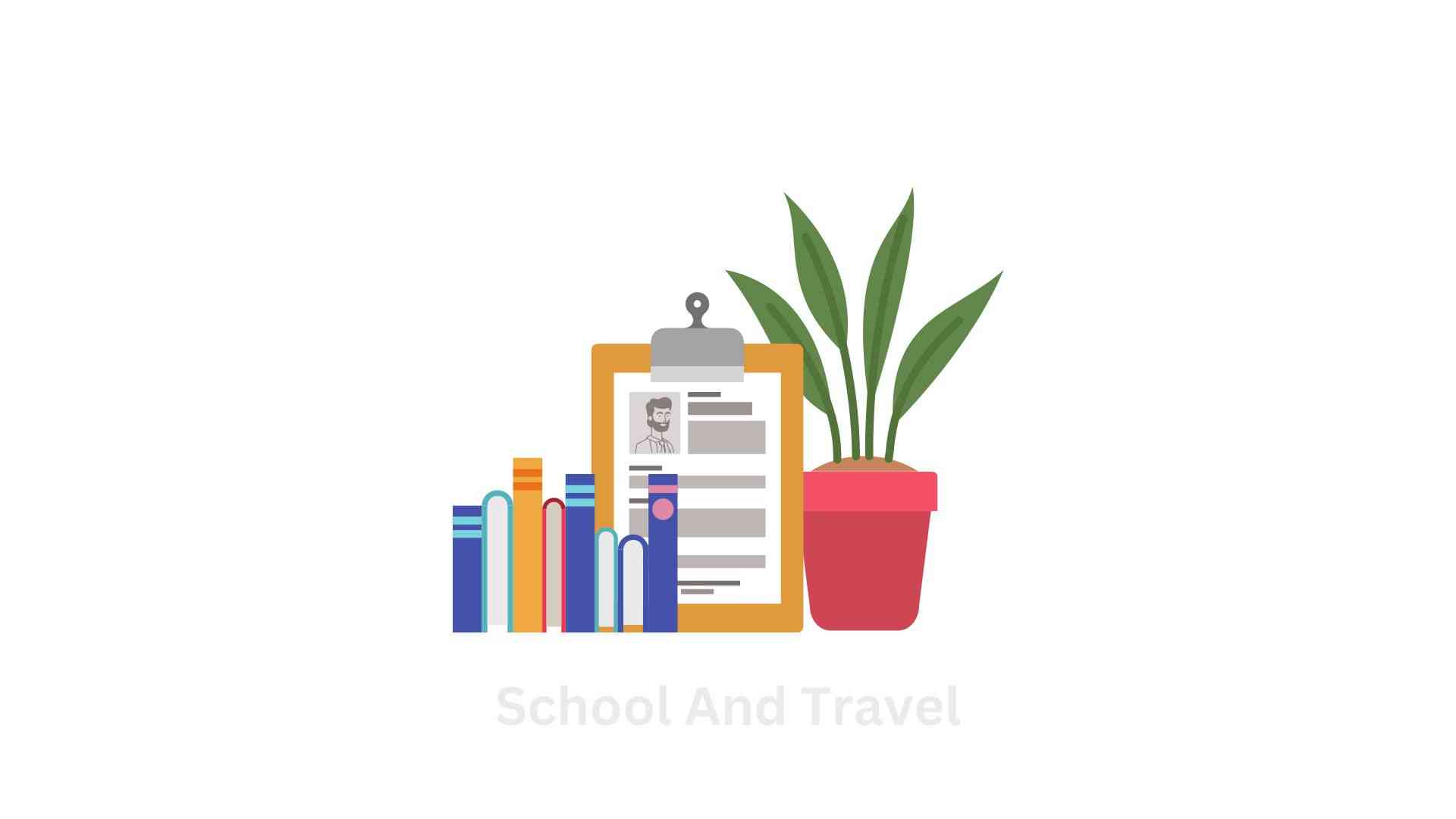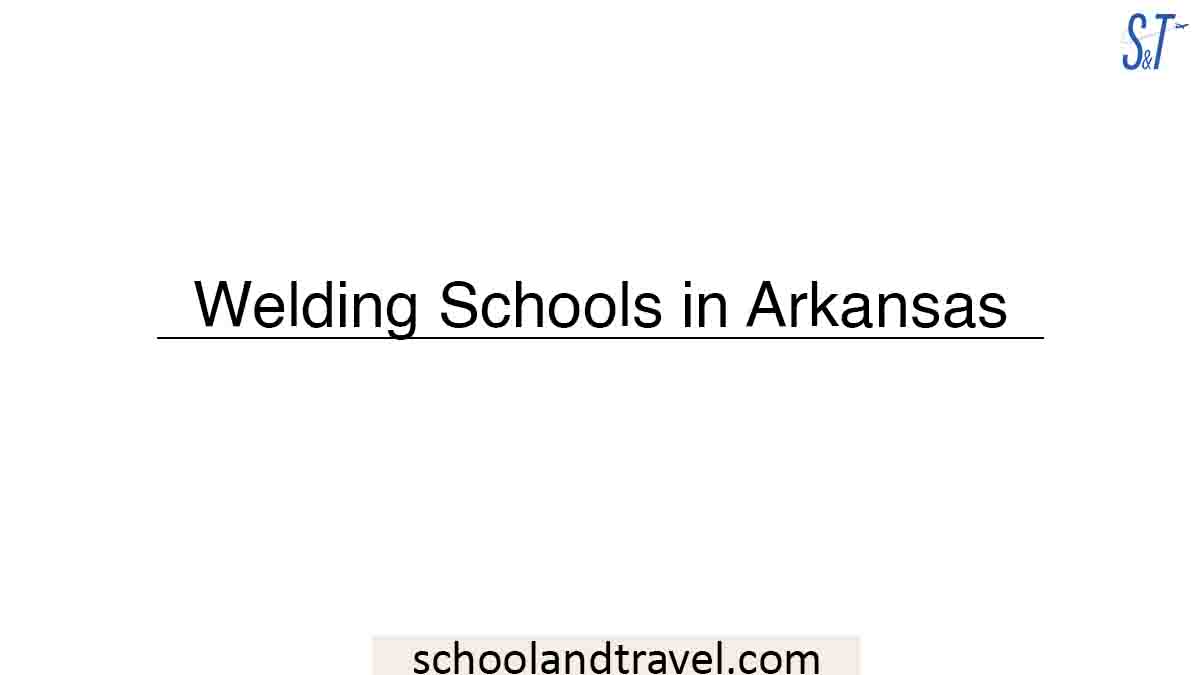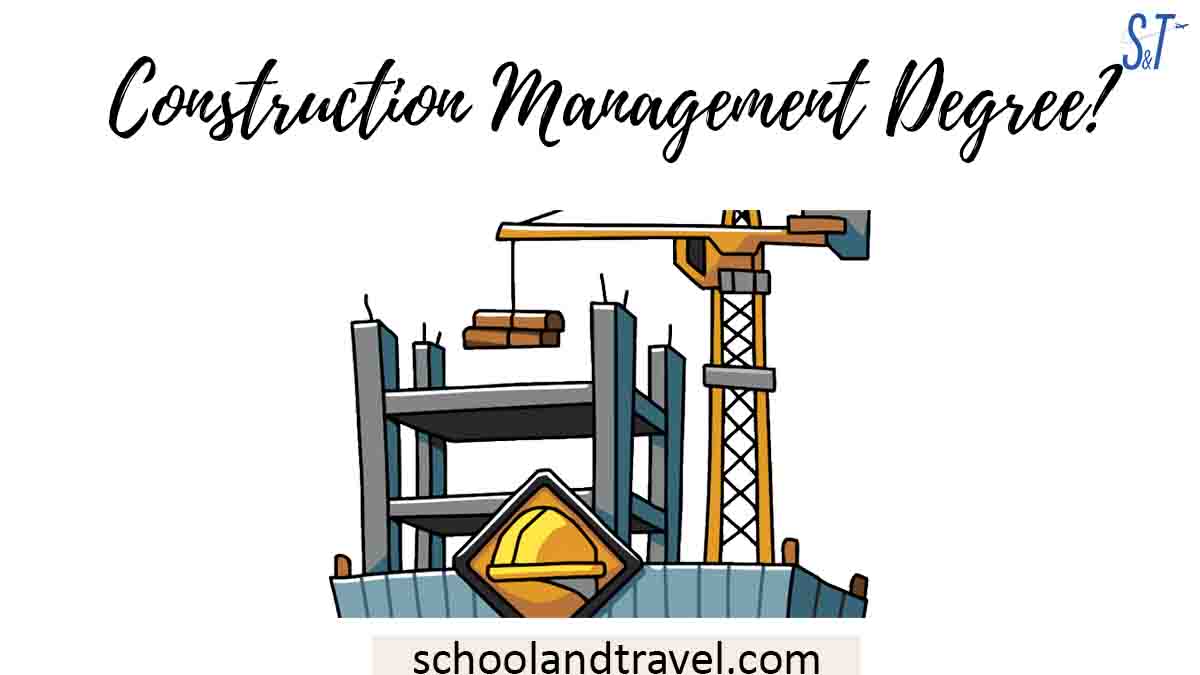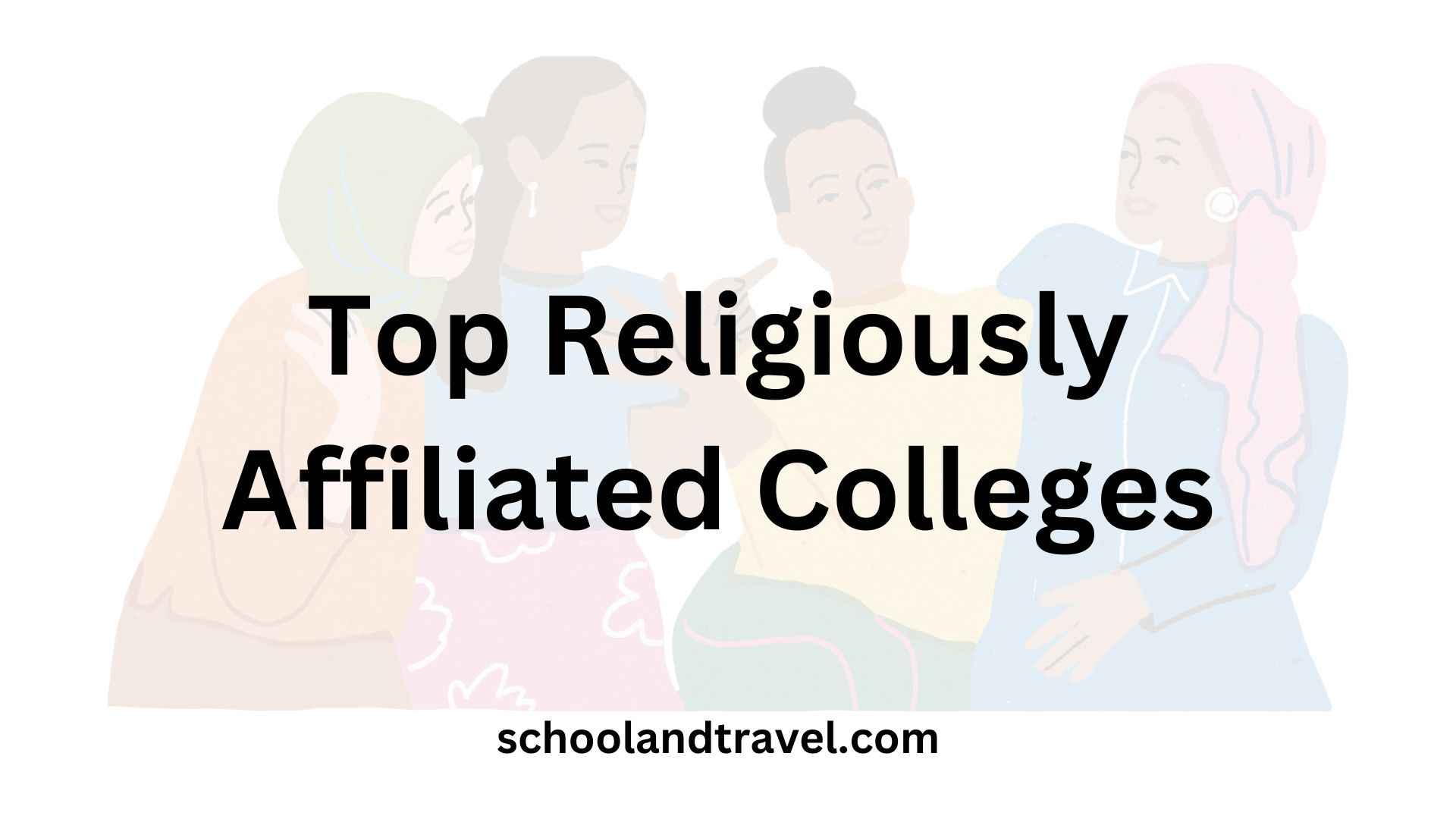People often use the words “curriculum” and “syllabus” to mean the same thing, especially when discussing education.
Even though they are different, they have a lot in common. Both are really important for making education better. They help teachers teach, and students learn.
This article explains the similarities between curriculum and syllabus, stating the tips that can help you understand how they work together to improve education.
What is Curriculum?
A curriculum is a plan that lists what students will learn and do in school.
It includes subjects like math, science, and English and sets the topics, lessons, and activities that teachers will use to help students learn these subjects.
What is Syllabus?
A syllabus is like a road map for a school. The teacher or professor usually gives it out at the beginning of the semester or term.
It tells what the course is about, what topics will be covered, when tasks are due, and how grades will be calculated.
It usually has important dates, what you must bring, and rules or directions for the class. It helps the teacher and students know what to expect from the class and how to prepare for it.
What is the Purpose of Syllabus?
A syllabus aims to give students a clear idea of what a course will be about, what they will learn, and what they need to do to succeed.
It acts like a guide or roadmap for the course, showing important dates, topics that will be covered, and how grades will be calculated. It helps everyone know what to expect so they can be prepared.
What is the Purpose of Curriculum?
The purpose of a curriculum is to provide a structured plan for what students need to learn in a particular subject or grade level.
It helps teachers know what to teach and students know what they will learn. It aims to make sure everyone gets a well-rounded education.
Factors for the Similarities Between Curriculum and Syllabus
- Based on Structure and Organization
- Based on Content Coverage
- Based on Assessment Methods
- Based on Time Framework
- Based on Teacher and Student Guidelines
Similarities Between Curriculum and Syllabus Based on Structure and Organization
A curriculum and a syllabus have a plan or list showing what topics will be covered and when.
They are organized to make it easy to understand what you’ll learn first, what comes next, and what you should know by the end.
Both include things like what books to read or what activities will be done to help you learn. They also tell you how you will be tested or graded.
Both can be changed a little by teachers to fit the needs of their students. So, in many ways, a curriculum and a syllabus help teachers and students know what to expect in a class.
Similarities Between Curriculum and Syllabus Based on Content Coverage
A curriculum and a syllabus tell you what subjects or topics you’ll learn. They list the important things you need to know or do by the end of the course or school year.
So, if you’re studying math, both will tell you that you’ll learn things like addition, subtraction, and maybe even more complicated stuff like algebra.
They help students and teachers understand what needs to be covered in a class or a whole grade level.
Similarities Between Curriculum and Syllabus Based on Assessment Methods
A curriculum and a syllabus tell you how you’ll be checked or graded to see if you’ve learned what you’re supposed to.
They might say you’ll have tests, quizzes, homework, or even projects you must complete. Both give teachers and students an idea of how to know if the learning goals are being met.
So, they help everyone understand what kinds of tasks or questions will be used to ensure you’re learning what you need.
Similarities Between Curriculum and Syllabus Based on Time Framework
A curriculum and a syllabus give you an idea of when you’ll learn certain things.
They might say that you’ll study multiplication in math for two weeks or that you’ll learn about the American Revolution in history during a certain month.
This helps teachers plan their lessons and helps students know what to expect and when. So, both a curriculum and a syllabus act like a calendar for learning, helping to spread topics and activities over time.
Similarities Between Curriculum and Syllabus Based on Teacher and Student Guidelines
Both a curriculum and a syllabus are like guidebooks for teachers and students. They tell teachers what they should teach and how they can teach it.
For students, they outline what will be learned and what they need to do to get good grades.
So, both help set the rules and expectations for a class, making it clear what teachers should be doing and what students should be learning and achieving.
FAQs on the Similarities Between Curriculum and Syllabus
Both curriculum and syllabus outline the topics and subjects that will be taught. They act as a roadmap, letting teachers and students know what needs to be learned in a class or over a school year.
Both a curriculum and a syllabus include a time framework. This means they help plan by specifying when certain topics should be covered. It acts like a calendar for learning, making it easier to spread out lessons and activities.
Yes, both documents often include how you’ll be graded or checked. This can be through tests, quizzes, projects, or other ways of assessing if you’ve learned what you’re supposed to.
Both serve as a guide for what should be taught and learned. They set the expectations for the class, outlining what the teacher should teach and what the student is expected to learn and do to succeed.
Conclusion
The curriculum and the syllabus outline what is expected of students, how that learning will be measured, and when it will occur.
They provide teachers and students with clear guidelines for what is expected of them throughout the learning process. The educational benefits of recognizing their parallels are clear.
Awesome one; I hope this article answers your question.
Editor’s Recommendations:
- Can I Reuse Essays for Scholarships? (Ideas, FAQs, Plagiarism)
- 7+ English Universities In Germany (Reasons, FAQs)
- 5 Best English Universities In Turkey (FAQs)
- 5+ Best Jobs in Mexico for English Speakers (FAQs)
- How to Make Friends as a Transfer Student (Reasons, FAQs, Steps)
- How to Become a Medical Doctor in Korea (Step by Step)
- 4 Best Jesuit Medical Schools in the US (Meaning, Duration, FAQs)
- What does “Rushing” mean in College? (Sorority, Fraternity, FAQs)
- 10 Best Ballet Schools in the World (Duration, Benefits, Worth)
If you find this article good, please share it with a friend.





